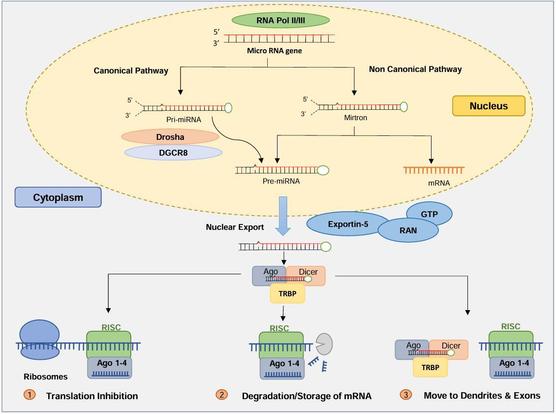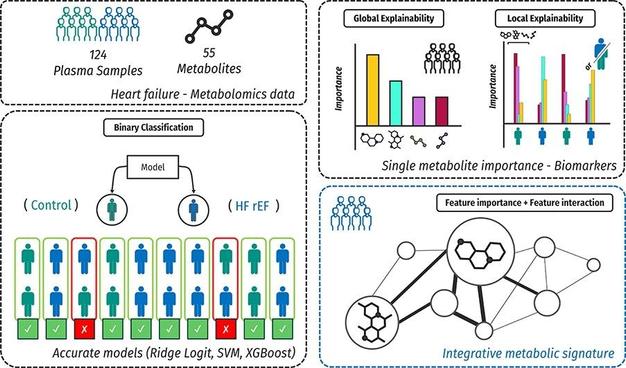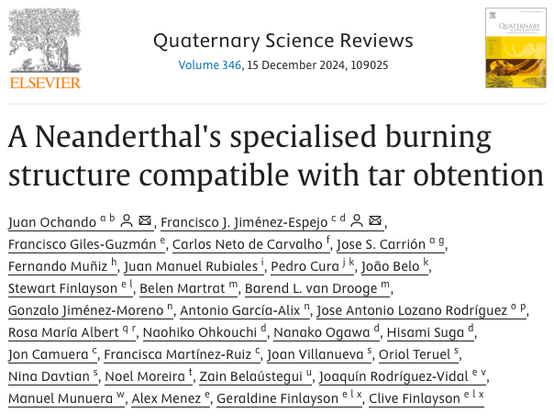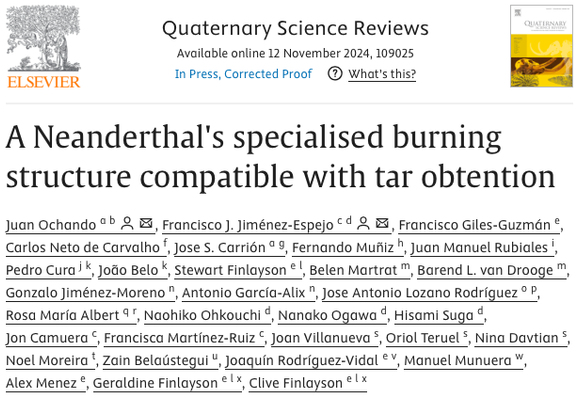Objective pain score? Here’s the problem with that
#Health #PainAssessment #ObjectivePain #SubjectivePain #MedicalEthics #PainMeasurement #HealthTech #Pain #PhilosophyOfPain #Biomarkers #HealthcareInnovation #PainScale #Philosophy
https://the-14.com/objective-pain-score-heres-the-problem-with-that/
#biomarkers
📊 AGE-RELATED PATTERNS:
Research shows DHEAS peaks in your 20s, then declines approximately 1-2% yearly after age 30 (Samaras et al., 2013). This well-documented decline has been studied in relation to various aspects of aging.
"Air pollution and ALAN exposure are linked to memory impairment, with combined effects potentially amplifying risk. #Biomarkers play a key role in mediating these effects, suggesting a need for targeted public health measures to mitigate these environmental health risks."
https://link.springer.com/article/10.1186/s12889-025-22863-5
#AirPollution #LightPollution #EnvironmentalHealth #PublicHealth #HumanHealth
In his NYT opinion piece (above), Eric Topol makes a strong case for adopting a personalized disease prevention approach, where providers can run a quick blood draw, measure thousands of proteins in that sample, and use it to model disease risk and aging models for every major organ. #Biomarkers 🧪
🧠 Exciting News! Our review article is published!
We explore how miRNAs could enhance diagnostics and their role in PTM and Aging 🧠🧬
🔗https://doi.org/10.3389/fnmol.2024.1386735
🔗 https://go.nature.com/3FSQrke
#MicroRNA #Neurodegeneration #PostTranslationalModifications #AgingAndDisease #MolecularNeuroscience #RNARegulation #GeneExpression #Biomarkers #EarlyDiagnosis #FrontiersInNeuroscience #ScientificResearch #BTU #Charite #DZNE #BrainHealth #Epigenetics #NextGenDiagnostics #Neurobiology #miRNABasedDiagnostics
🧠 Review alert! Our article explores microRNAs (miRNAs) as early, non-invasive biomarkers for neurodegenerative diseases like Alzheimer’s & Parkinson’s. A step toward next-gen diagnostics & precision medicine!
🔗https://doi.org/10.3389/fnmol.2024.1386735
#MicroRNA #Neurodegeneration #PostTranslationalModifications #AgingAndDisease #MolecularNeuroscience #RNARegulation #GeneExpression #Biomarkers #Alzheimers #Parkinsons #Multiplesclerosis #Huntingtons #EarlyDiagnosis #ScientificResearch #FrontiersInNeuroscience
🫀 Could AI help us understand what's really happening in heart failure — down to the metabolites?
🔗 Insights into heart failure metabolite markers through explainable machine learning. Computational and Structural Biotechnology Journal, DOI: https://doi.org/10.1016/j.csbj.2025.02.041
📚 CSBJ: https://www.csbj.org/
#HeartFailure #Metabolomics #XAI #MachineLearning #Biomarkers #PrecisionMedicine #CardiologyAI #ExplainableAI #AIHealth #HealthcareInnovation
The Whimsical Dance of Mind and Body: Exploring Psychopathology and Biomarkers
#MindBodyConnection #Psychopathology #MentalHealth #Biomarkers #Stress #Anxiety #Neuroscience #GutHealth #Psychology #HPAaxis #CircadianRhythm #Science #Wellness #EmotionalHealth #Biology #HealthEducation #StressManagement #WhimsicalScience
New publication: Microbial scents: #Soil microbial Volatile Organic Compounds as #biomarkers for #grasslands across a #landuse gradient. #mVOCs #agriculture
https://doi.org/10.1016/j.soilbio.2025.109749
Researchers have identified novel plasma biomarkers that can diagnose Long COVID with 99% accuracy. These biomarkers are linked to immune and metabolic dysregulation, offering potential therapeutic targets. #LongCOVID #Biomarkers #CROI2025
Source: (https://buff.ly/h0LPJQX)
💚👌🏽 How many more examples do you need to see that cutting funding for #education and #research is incredibly short-sighted?
A sector dedicated to making society wiser 🤓 and more beautiful 💪, driven by people whose calling it is to work with meticulous care….(against all odds and without billionaire salaries 🤑)…solely for the benefit of the public good 🙋🏾♂️💁🏼🙆🏽♂️👶🏽👴🏻
#alzheimer #biomarkers #research #academia
https://newatlas.com/brain/alzheimers-dementia/alzheimers-biomarkers-visible-decade-before-symptoms/
Researchers have identified 13 proteins in the blood that predict how quickly or slowly a person’s brain ages compared with the rest of their body.
Their study, published in Nature Aging on 9 December, used a machine-learning model to estimate ‘brain ages’ from scans of more than 10,000 people. The authors then analysed thousands of scans alongside blood samples and found eight proteins that were associated with fast brain ageing, and five linked to slower brain ageing.
One key protein was brevican (BCAN), which helps to form and maintain the network of molecules around cells and is involved in learning and memory. Higher levels of BCAN were associated with slower brain ageing. Brain cells in people with Alzheimer’s disease also express less BCAN than do those in healthy people.
In a separate analysis, the authors found that changes in levels of a range of blood proteins peak at three chronological ages: 57, 70 and 78 years, with each of these ages marking a distinct phase of brain ageing. For example, most of the changes at 57 years of age were in proteins associated with metabolism, wound healing and mental health. At 70 years old, proteins involved in brain-cell function showed changes that were strongly associated with risks of age-related brain conditions such as dementia and stroke. At the age of 78, the researchers observed changes in proteins linked to immunity and inflammation. #biomarkers #brain #aging #neuroscience #medicine https://www.nature.com/articles/d41586-024-04055-0
🥳 Huge congratulations to Estelle Tran Van Hoi for pulling of this impressive paper
📔 Blood based immune #biomarkers associated with clinical #frailty scale in older patients with melanoma receiving checkpoint inhibitor #immunotherapy
❓What is association with outcomes?
And now, the Version of Record of my latest co-authored #scientific #publication led by Juan Ochando is out in #Quaternary Science Reviews:
https://doi.org/10.1016/j.quascirev.2024.109025
#Science
#ScienceMastodon #AcademicMastodon
#Paper #OpenAccess
#Archaeology #Paleoecology #Geochemistry #Palynology #Neandertal #Experiment
#Gibraltar #Cave #Hearth #Tar
#Biomarkers #Levoglucosan #PAHs #Retene #BPCAs #PyrogenicCarbon #Pollen #Phytoliths
https://mastodon.world/@nina_davtian/113554601654347588
Researchers at #UniJena have developed a new type of #Biosensor based on the ultra-flat substance #Graphene. This sensor can detect #Biomarkers such as chemokines in complex clinical samples in a highly sensitive, fast and cost-efficient manner.
➡️ https://www.uni-jena.de/en/287408/paving-the-way-for-diagnostics
Are past #ocean #temperature #reconstructions based on #geochemical indicators representative at the #local and #regional scales, as such reconstructions typically rely on a single #sediment core?
This new #scientific #publication—not co-authored by me—addresses this #question:
https://doi.org/10.1186/s40645-024-00664-5
#Science
#ScienceMastodon #AcademicMastodon
#PaleoClimate #SeaTemperature #SeaSurfaceTemperature #SST
#Geochemistry #Foraminifera #MgCa #Biomarkers #Alkenones #GDGTs #isoGDGTs
Isn’t it cool, as a paleoclimate #scientist, to co-author this new #archaeological #scientific #publication first-authored by Juan Ochando?
https://doi.org/10.1016/j.quascirev.2024.109025
With Belen Martrat and Barend van Drooge at IDAEA-CSIC and Joan Villanueva, Oriol Teruel, and me at ICTA-UAB.
More information in the following #thread: 👇🏻 (1/11)
#Science
#ScienceMastodon #AcademicMastodon
#Paper #OpenAccess
#Archaeology #Neandertal #Experiment
#Gibraltar #Cave #Hearth
#Biomarkers #Levoglucosan #PAHs #Retene #BPCAs
Postdoctoral Position in Tumour Model Design and Chiral Plasmonics
CIC biomagune
See the full job description on jobRxiv: https://jobrxiv.org/job/cic-biomagune-27778-postdoctoral-position-in-tumour-model-design-and-chiral-plasmonics/?feed_id=87098
#3D_cell_culture #3dprinting #biomarkers #biomaterials #Plasmonics #ScienceJobs #hiring #research
https://jobrxiv.org/job/cic-biomagune-27778-postdoctoral-position-in-tumour-model-design-and-chiral-plasmonics/?feed_id=87098
Over the past few years, I substantially contributed to the OH-isoGDGT #literature (Davtian et al., 2019 PALO; 2021 PALO; Davtian & Bard, 2023 PNAS), so I am overjoyed to highlight this new OH-isoGDGT #scientific #publication by Devika Varma et al. in #Biogeosciences @EuroGeosciences!
https://doi.org/10.5194/bg-21-4875-2024
Disclaimer: I am not a co-author and I did not review this #paper either.
#Science
#ScienceMastodon #AcademicMastodon
#Archaea #Microbiology #Cultures
#Biomarkers #GDGTs #isoGDGTs
My co-authored #scientific #publication by De Jonge et al. (2024) G³ just got cited in this new #paper with a multi-#biomarker paleo-sequence:
https://doi.org/10.1016/j.gloplacha.2024.104620
Also featuring a novel (OH-)isoGDGT-based #paleotemperature #ClimateProxy!
Disclaimer: I am not a co-author and I was not a reviewer either.
#Science
#ScienceMastodon #AcademicMastodon
#PaleoClimate #SeaTemperature #SeaSurfaceTemperature #SST
#Biomarkers #Alkenones #Diols #LongChainDiols #GDGTs #isoGDGTs
https://mastodon.world/@nina_davtian/113364845688520878





